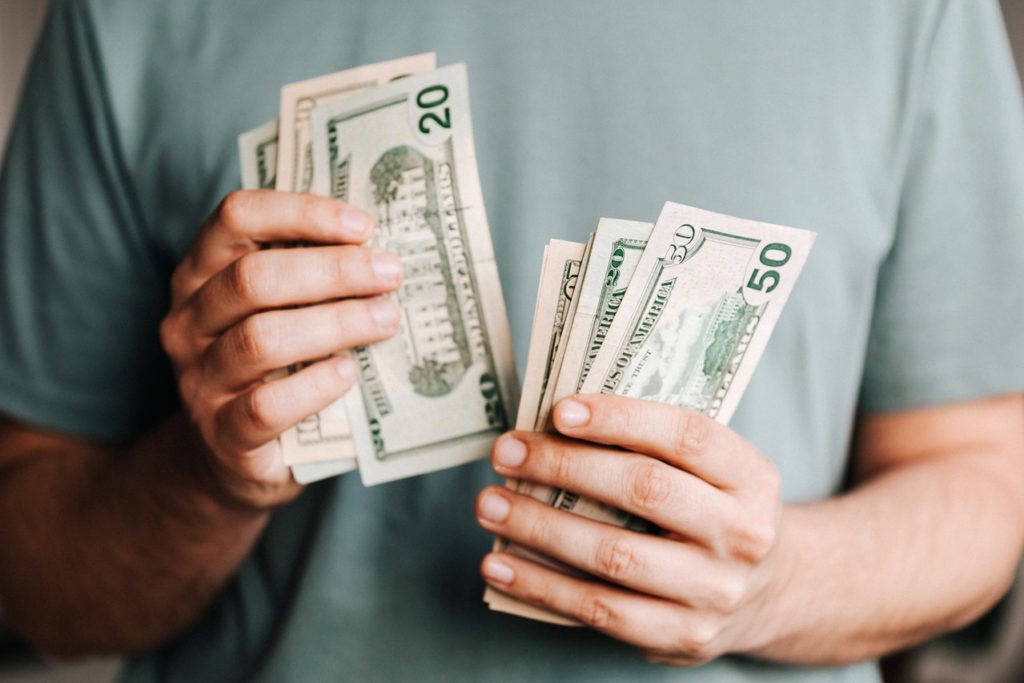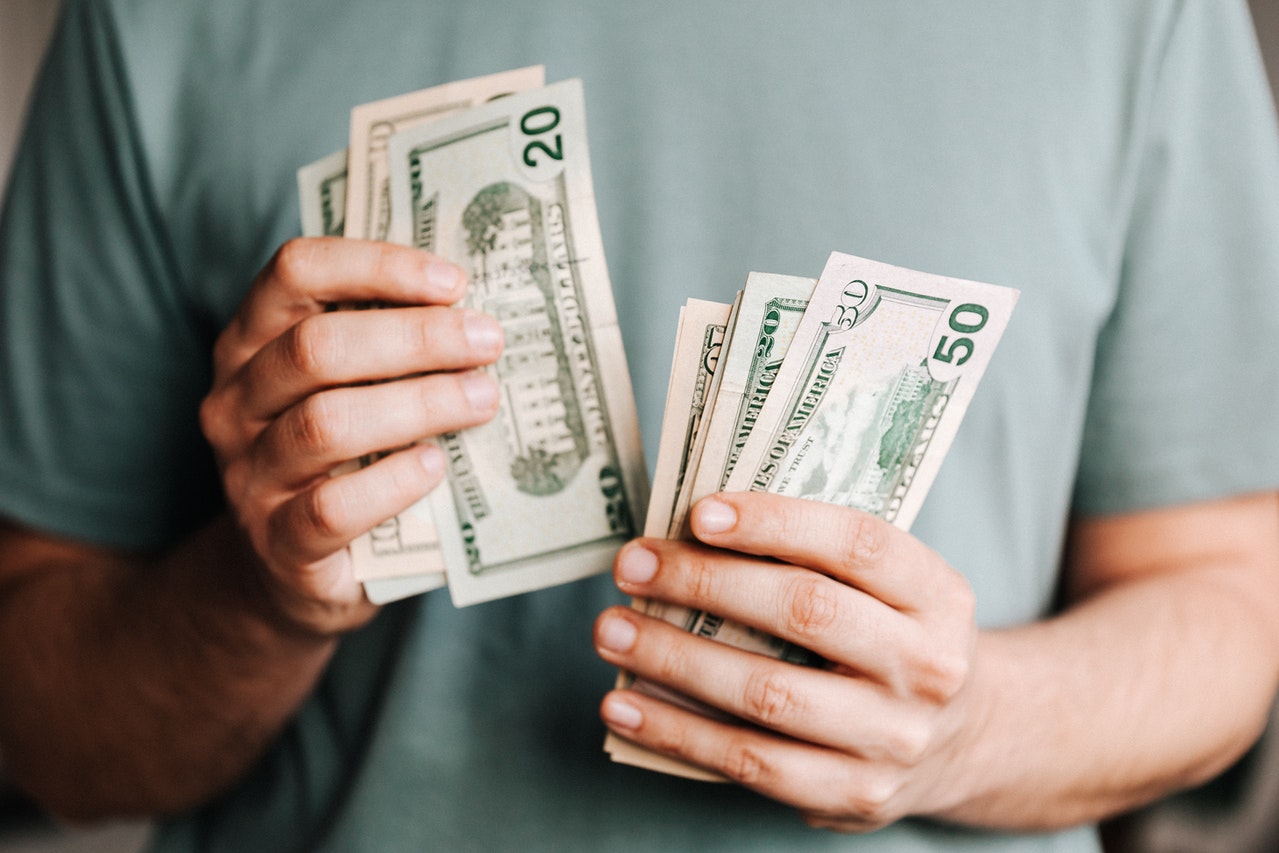
I learned this today. The first paper money was issued in China in the 7th century.
Many countries around the world had started using different things as “money” by about 3000 BC. They were first used to represent a weight of something. For example, the Mesopotamian shekel represented 160 grains of barley. It was easier to deposit the grain somewhere and carry around a marker than it was to carry around the grain itself. The marker could then be traded in for the grain. This type of money is called “commodity money” because the money represents a commodity or, if it is made of gold or silver, is the commodity. After a while, the markers took on their own value and became money. This type of money is called “representative money” and the coin itself has no value. The value comes from the amount people agree it is worth. The first coins that were stamped were introduced in about 650 BC.
The art of paper making was discovered in China in about 200 BC, or possibly even earlier. Paper money didn’t come about until 900 years later.
Paper money was introduced in pretty much the same way that coins were introduced over 2000 years earlier. Traders and merchants in China would carry around all of their coins. Chinese money had a hole cut through the center of it so that the coins could be strung on a rope and carried more easily. The richer someone is, the more coins they have, and the heavier that rope will become.
In the Tang Dynasty (618 to 907 AD), the merchants or traders started to leave their coins with an agent they could trust (sort of like an early bank) while they went about their business. The agent would give them a receipt for their coins, and they could redeem their coins later by handing over the note. These were the first promissory notes. A promissory note is a legal document where one person promises to pay another person a certain sum of money.
When the merchants did business, instead of getting the coins and handing those over, they simply handed over the receipt for their coins. The new owner of the receipt would go to the agent, turn the note in, and go home with the coins.
During this time, trade along the Silk Road was picking up and the government licensed deposit shops along the route. Now, traders could drop off their coins in one town and get a receipt which they could use to do business in a far distant town. The receiver of the receipt could then cash it in. This is not yet money, though, because the coins were where the value was. Unless the note was traded in for the coins, it was worthless. Also, the notes were issued by private institutions.
In the Song dynasty, in the 11th century, different agents were issuing their own promissory notes. There was some counterfeiting and different money traders would have different fees and rates. In 1023, a number of these agents went bankrupt, and the government stepped in to nationalize the banknote. In 1024, the first government issued banknotes in the world were issued by the Song government.
These banknotes were backed by the strings of coins, and they were different from region to region. In 1265, the Song government issued a nationwide banknote that was backed by gold and silver.
In Europe, the Knights Templar had been using a similar promissory note system so that pilgrims and crusaders could withdraw money when they got to the Holy Land. They would pay money into a local Knights Templar office and be issued with a receipt that they could use at their destination. I don’t know if this was influenced by the Chinese system in any way.
Paper money starts to enter Europe in the 13th century. Travelers such as Marco Polo brought them back to Europe and the traders of Italy and Flanders began to use them. These were still a type of promissory note, but this is where our word “banknote” comes from, nota di banco.
The biggest change came about in the 17th century. Bankers began to issue more banknotes than they had the coins of the gold to cover. The logic was that not everybody would redeem the notes at the same time and so they would always be able to cover the debt. This change allowed for more notes to be printed and it pushed people to start using the notes for their own intrinsic value. They started making smaller denominations of note as well.
Banknotes, certainly in the UK, still say, “I promise to pay the bearer one demand the sum of … pounds”. This goes back to when the notes were receipts for the coins or gold that they represented. The two systems have long since separated, though, and the paper money is no longer worth the equivalent amount of gold. In fact, paper money is only worth what we believe it is worth. It has no value in and of itself. If we all suddenly stopped agreeing that $100 was worth $100 and instead decided that it was worth however much a piece of paper that size is worth, all of our economies would come crashing down. And that is what I learned today.
Photo by Karolina Grabowska: https://www.pexels.com/photo/crop-man-counting-dollar-banknotes-4386431/
Sources:
https://www.thoughtco.com/the-invention-of-paper-money-195167
https://www.investopedia.com/articles/07/roots_of_money.asp
https://www.britannica.com/story/a-brief-and-fascinating-history-of-money
https://www.investopedia.com/ask/answers/09/paper-money-usa.asp
https://en.wikipedia.org/wiki/Banknote
https://en.wikipedia.org/wiki/Jiaozi_(currency)
https://en.wikipedia.org/wiki/Promissory_note
https://en.wikipedia.org/wiki/Legal_tender
https://en.wikipedia.org/wiki/Money

